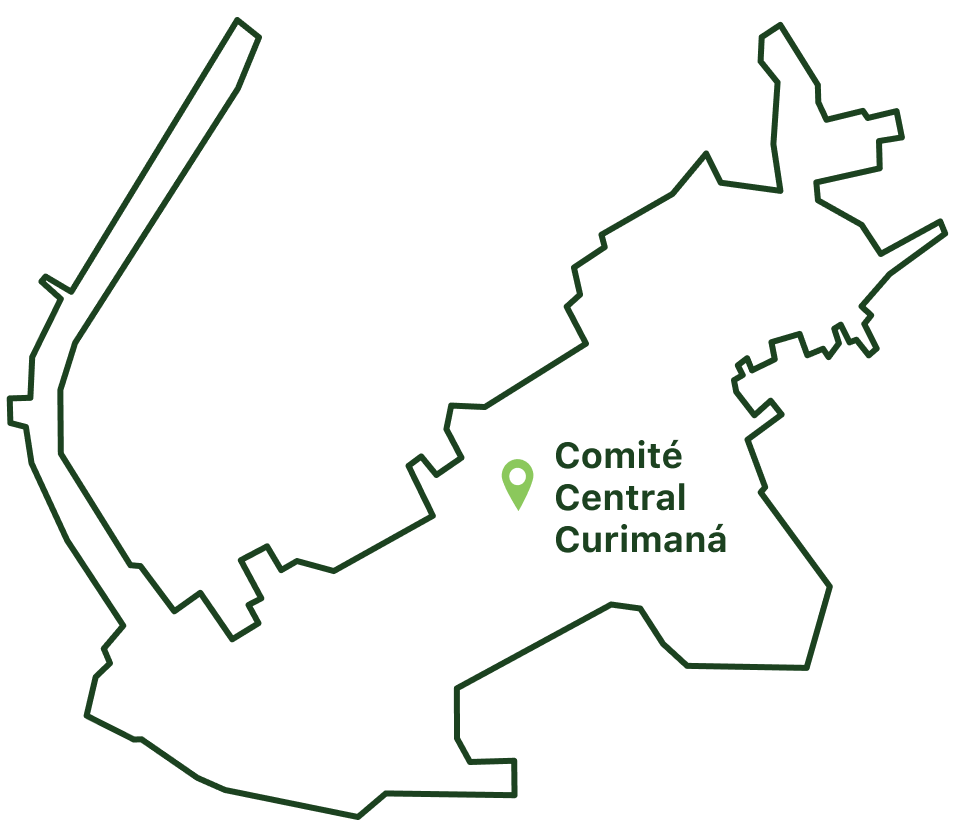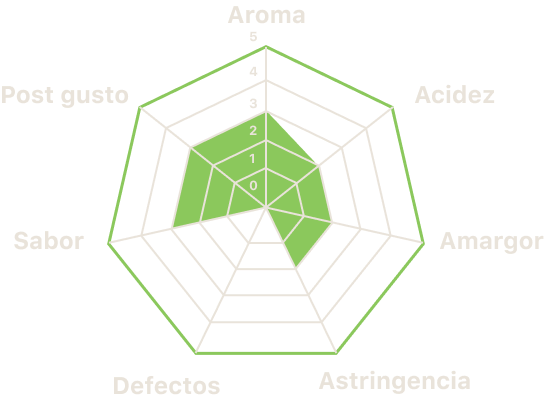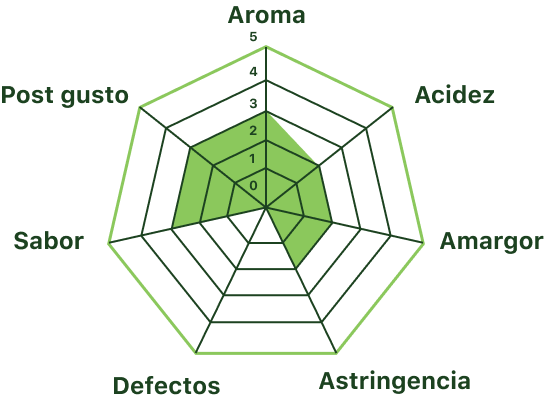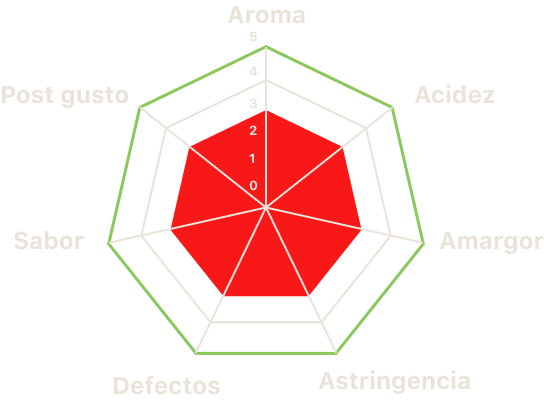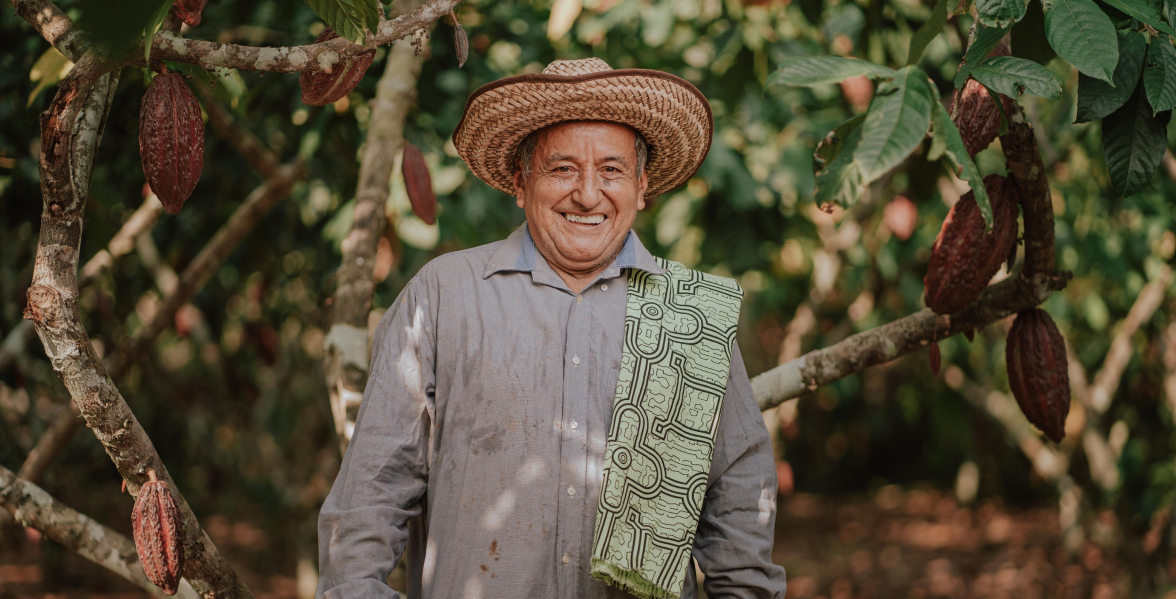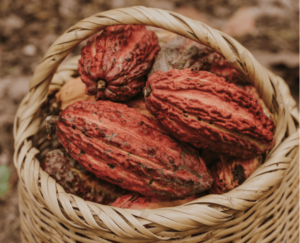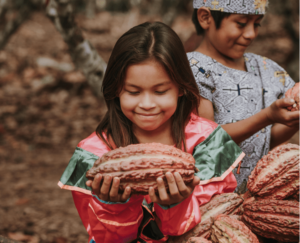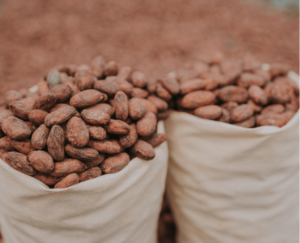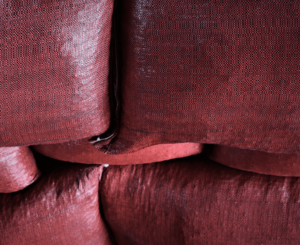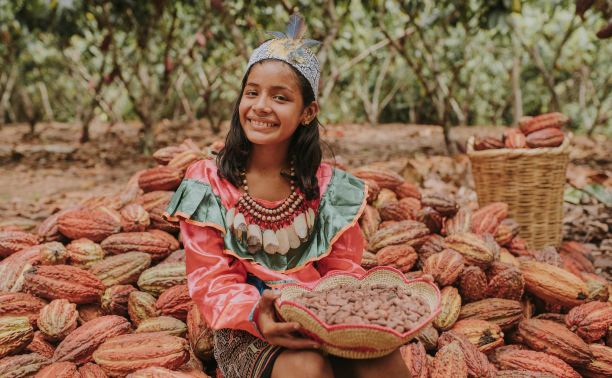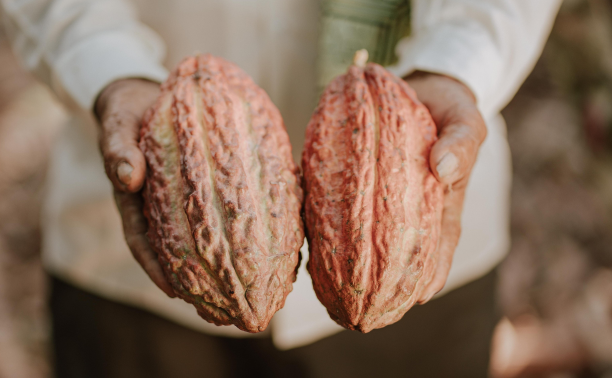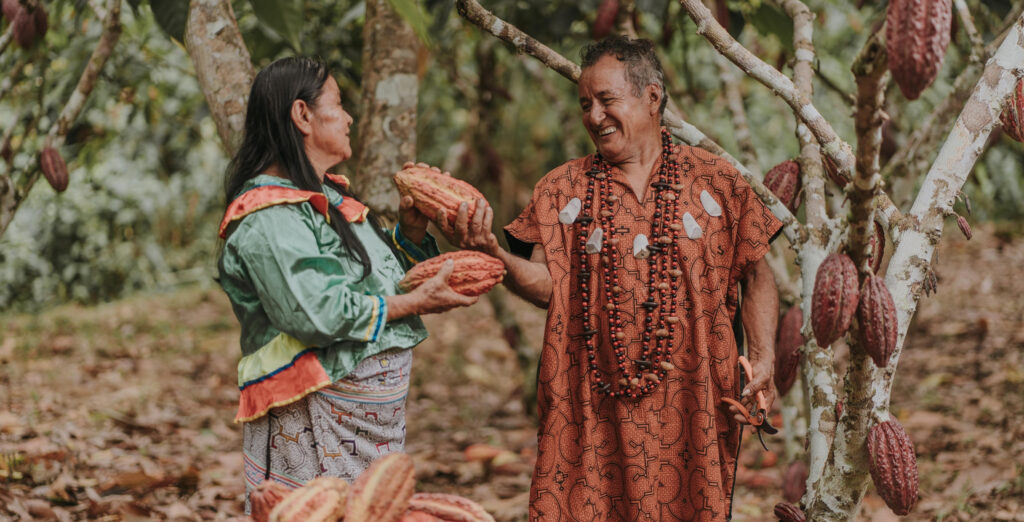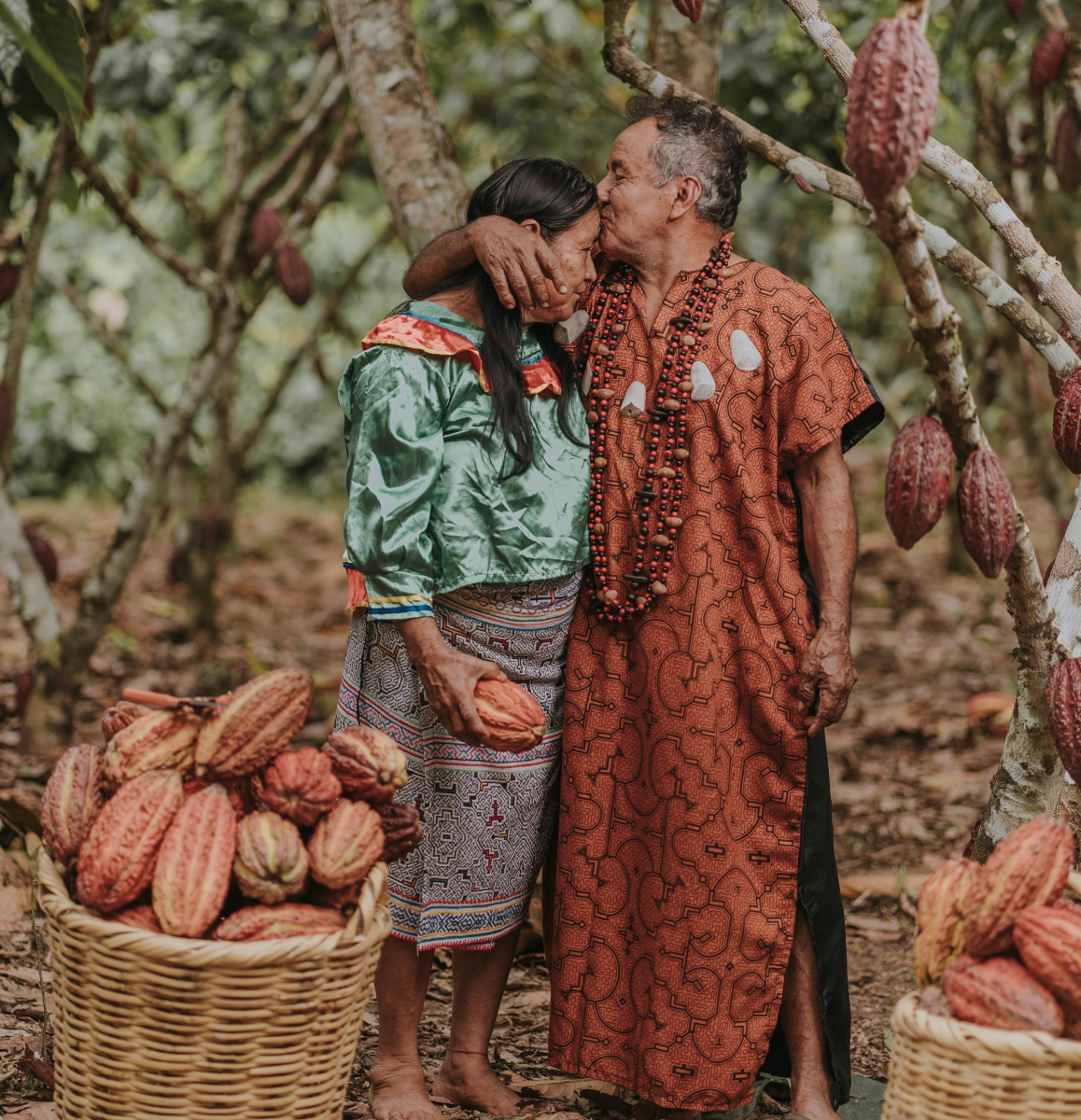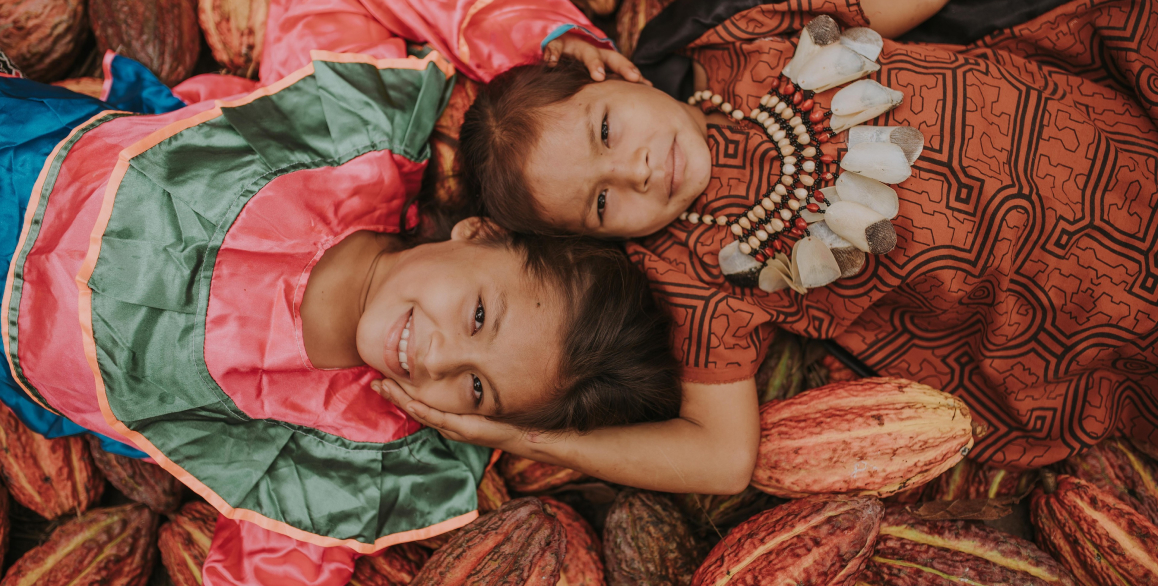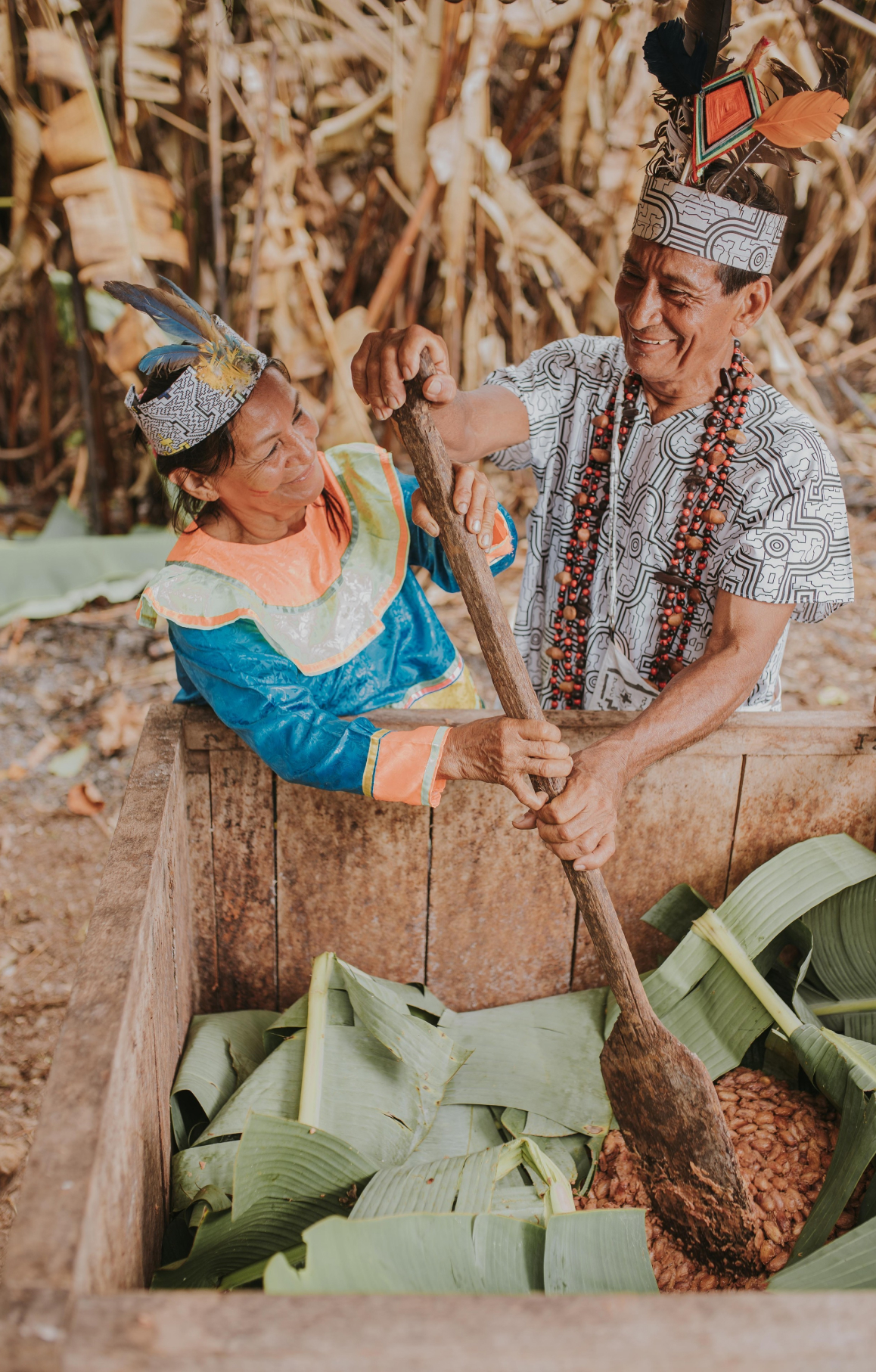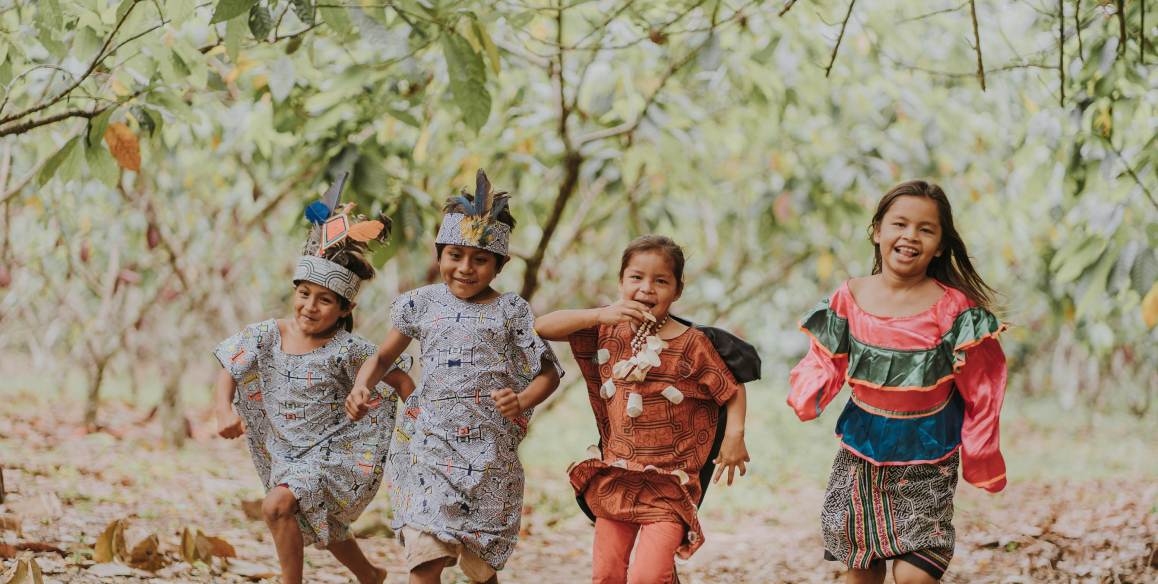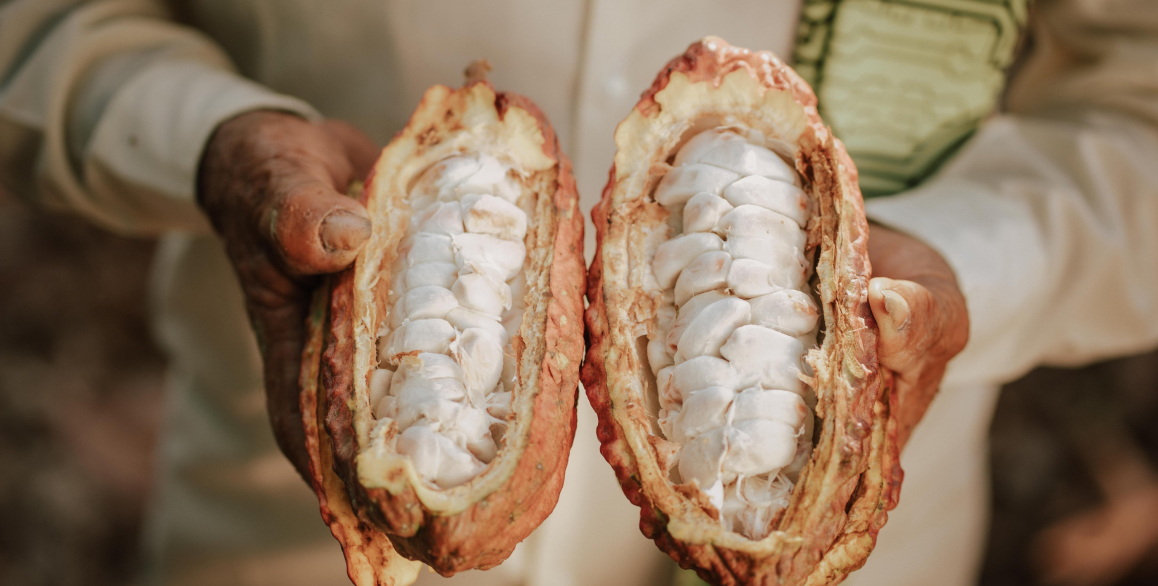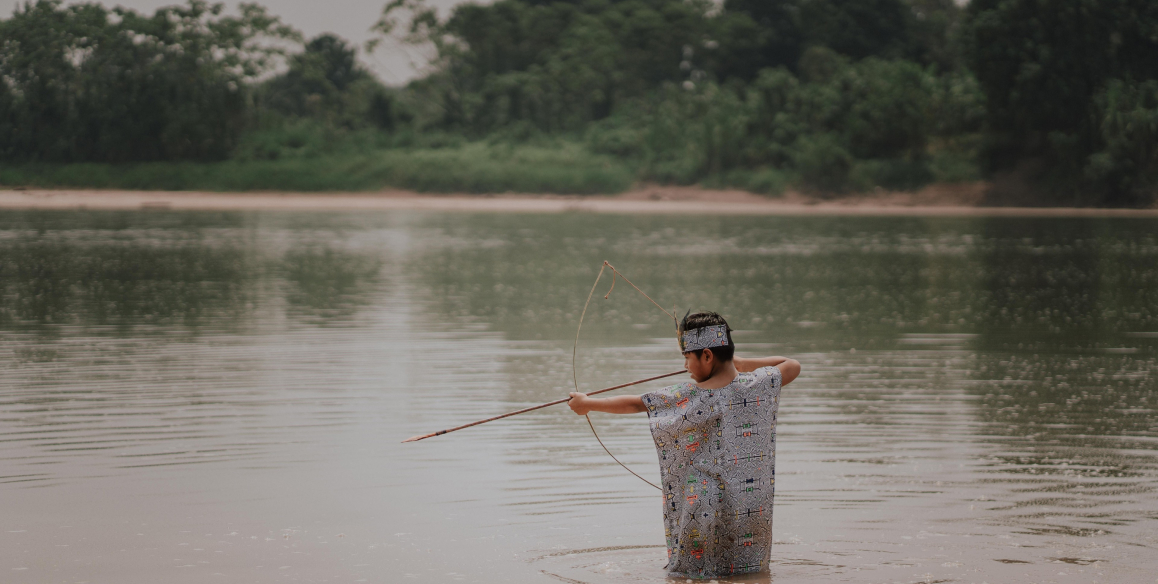I am a member of the Central Committee with Development to the Future of Curimaná. I thank God for giving me life, strength and health. I have small plots of cocoa and I am reaping with joy what this generous land provides us. I came from San Martín, when I was a child, there I helped my parents to grow corn.
Our childhood was difficult, even more so when corn crops did not provide us with a solid and stable economy, it was then that we decided it was time to change and use our land to grow cocoa. We are happy to have taken this path.
We have an ancestral work system: the minga. We help each other with brothers to grow cocoa. We met early, with the first rays of the sun. We bring masato, chicha and shibé to regain strength. We grow the farm all day.
Cocoa has allowed me to have a quiet life, it has taught me to live in harmony with nature. I learned that humility and the earth are everything and I hope to pass this legacy on to my children.
Shibé: Typical jungle drink made from fermented cassava.


